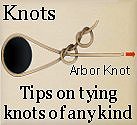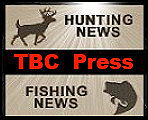



The country's premier hunting and fishing daily news
The Backcountry Press


The Backcountry Outdoor News reports the latest hunting & fishing news along with fishing derbies & tournaments
from:
A18-2103


© 2010 Backcountry Press Outdoor News - All Rights Reserved
Disclaimer: The views expressed on this site are that of the authors and not necessarily that of The Backcountry Press Outdoor News
Connect With Us

Guide to Hunting Morel Mushrooms
Submitted by: Backcountry Press Outdoor News
Posted on: 03/30/18
Loading
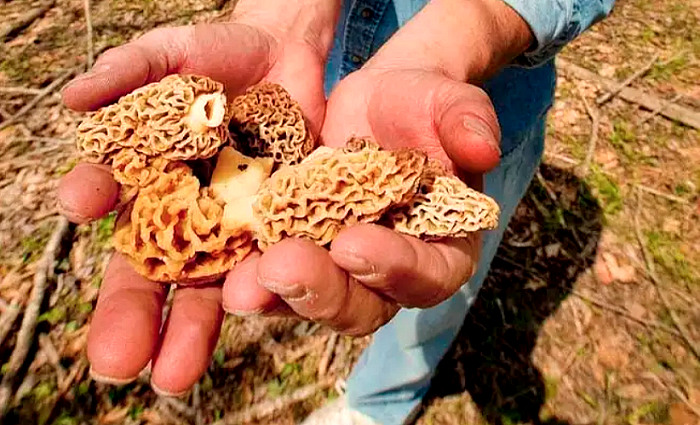
Morels are America's mushroom, more so than any other. It may be because they're widespread, they're easy to identify, and they come up in the spring, giving people a reason to get out and enjoy warm weather after a long winter.
Or, it could be they're popular simply because they taste so good. Morels are so prized they sell for up to $20 a pound in grocery stores where I live.
Here's a quick guide to finding your own. Please note that although morels are easy to identify, this is a hunting guide, not a field guide. If you have any doubt about a mushroom, don't keep it.
Found in much of the US from late March through May, the morel is our favorite mushroom: plentiful, easy to identify, and delicious. It has colorful names like Molly Moocher, Miracle, Dryland Fish or—my favorite—Hickory Chickens, but mostly people just call them "mushrooms" and it's understood that means "morels."
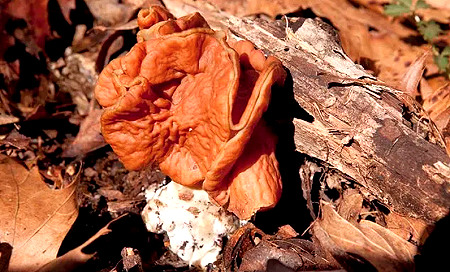
BAD to PIck
BAD to PIck
Notice the pits, (photo right) the distinctive conical shape, and the way the bottom of the cap (the pitted part) is attached near the bottom of the stem.
Don't eat this mushroom, (photo right) which is a false morel and is mildly toxic. Notice that it lacks the cone shape of the real thing, and has wrinkles, not pits, on its cap.
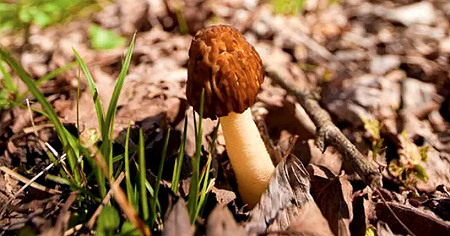
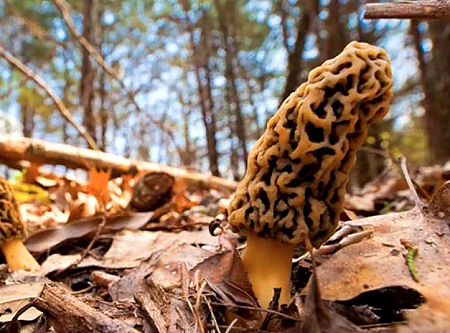
GOOD to PIck
Avoid the half-free morel (photo left), which has a longer stem and a cap that attaches near the top, looking like an umbrella. These mushrooms can cause some people to have cramps or other forms of gastrointestinal distress.
FINDING THEM
Look for ash, aspen, elm, and oak trees, around which morels often grow. Early in the spring as the ground is warming, you'll find them on south-facing slopes in fairly open areas. As the season progresses, go deeper into the woods and onto north-facing slopes. Well-drained, sandy soils like a creek bottom make good hunting spots as well.
You'll find the first morels of the year when daytime highs reach the 60s and lows stay above 40. Hunting morels is like bass fishing. You cover ground until you find one, then slow down and search the area carefully.
Concentrate the rest of your hunt on similar areas, on the theory that you've found the "pattern" for the day.
The first morels of the season are small. It takes quite a few to make a meal.
Old apple orchards make good hunting grounds. Always look around dead elm trees like this one. When a tree reaches the stage of decay where its bark is slipping off its trunk you'll often find lots of morels around it.
As the season progresses you find bigger, yellow morels. They taste just as good as the smaller ones, they're easier to spot, and it doesn't take as many to feed a hungry hunter.
COOKING TIPS
Soaking morels in water for a couple of hours cleans them and washes out any bugs living inside the hollow mushrooms. Some people slice them in half lengthwise for a more thorough cleaning.
Cooking in butter brings out their rich, almost meaty flavor. If I don't have very many, I like to scramble them into eggs with some tarragon. Batter-fried morels are also very popular.
Article and Images courtesy of Field & Stream Magazine
# # # #

